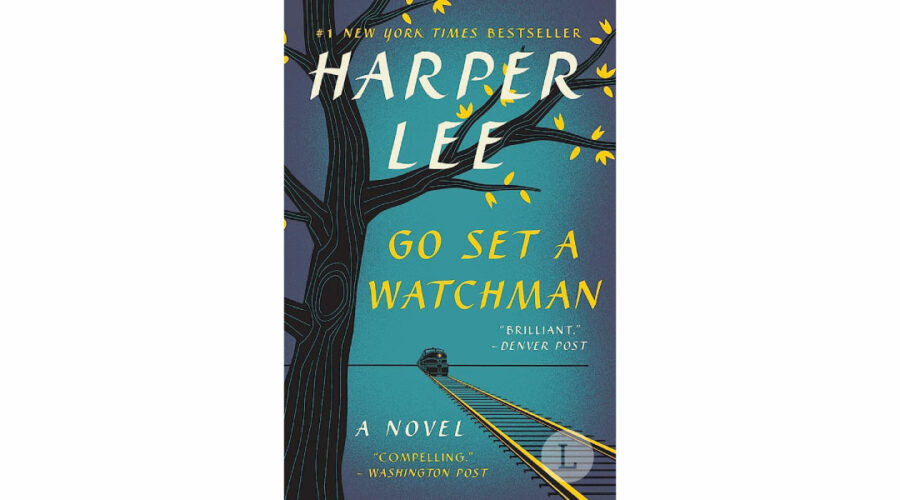Go Set a Watchman is a novel by Harper Lee, published in 2015, almost six decades after the release of her Pulitzer Prize-winning masterpiece, To Kill a Mockingbird. Initially believed to be a sequel, it was later revealed that Go …
Harper Lee: Go Set a Watchman


